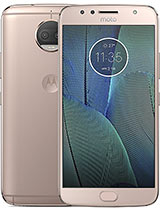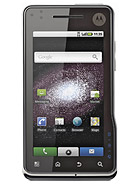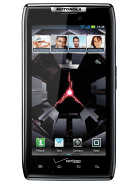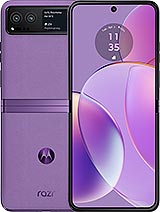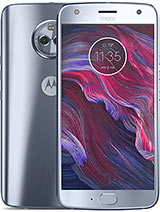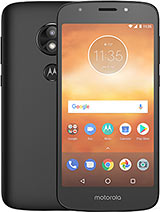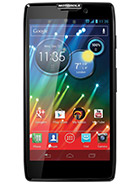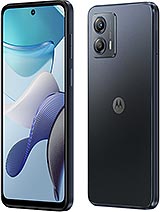
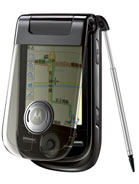
Motorola A1600 Screen Size Dimensions
Motorola A1600 screen size dimensions, viewport size, pixel density and more information.
Specs:
| WIDTH | 240 px |
|---|---|
| HEIGHT | 320 px |
| SCREEN SIZE INCH | 2.4" |
| PX DENSITY | ~167 ppi |
| ASPECT RATIO | 3/4 |
| DISPLAY TYPE | TFT resistive touchscreen, 256K colors |
| PHYSICAL SIZE MM | 98.9 x 53.5 x 19.6 mm |
| OPERATING SYSTEM | Linux |
| RELEASE DATE | Released 2008, August |
Information:
The Motorola A1600, released in August 2008, features a 2.4-inch TFT resistive touchscreen display with a screen resolution of 240 x 320 pixels, resulting in a pixel density of approximately 167 pixels per inch. While this screen size and resolution may have been considered adequate at the time of its release, it falls below current industry standards and user expectations. In today's market, smartphone screens typically have larger dimensions and higher resolutions to accommodate the demand for clearer and more immersive visual experiences.
The 3:4 aspect ratio of the Motorola A1600's display is in line with the standard aspect ratios prevalent in smartphone displays during its release period. However, with the evolution of multimedia content and the shift towards widescreen viewing experiences, the 16:9 or 18:9 aspect ratios have become more common in modern smartphones, offering users a wider and more cinematic viewing experience.
The physical dimensions of the device, measuring 98.9 x 53.5 x 19.6 mm (3.89 x 2.11 x 0.77 in), also reflect the compact nature of smartphones from that era. While this form factor was typical for devices of its time, contemporary smartphones tend to feature larger and slimmer designs, often with significantly larger displays that offer higher resolutions and pixel densities to meet the demands of modern users.
Despite its display specifications aligning with the standards of its time, the Motorola A1600's screen size and resolution may not meet the expectations of users accustomed to the larger, higher-resolution displays found in today's smartphones. However, it's important to consider that the device was released over a decade ago when the industry landscape and user expectations were different from what they are today.








